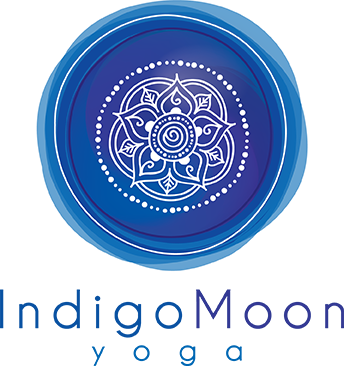Frequently Asked Questions
What should I bring?
Bring your own mat. Mats are available for purchase. We provide other props. Feel free to bring your own equipment if you prefer. Your teacher will assist you with props you’ll need for class. You are welcome to have your water bottle at your mat.
What should I wear?
Wear clothes that are comfortable and allow for movement. Leggings or yoga pants are ideal so your knees and feet are visible. We practice in bare feet, you might prefer to have socks available for the opening meditation and final relaxation. Please refrain from strong perfumes or essential oils.
Where should I start?
We recommend a Beginning Series. Hatha is a good place to begin, as is Gentle Flow and All Levels Flow. Restorative and Yin are appropriate for beginners as well. Feel free to contact us with questions. We want your experience to be as comfortable as possible!
Where Did Yoga Originate?
Yoga originated in India over 5,000 years ago, as a way of living. Threads of yoga are present in the ancient texts, the Vedas and Upanishads. Modern yoga, physical postures were developed more recently. Yoga began to move to the west through students of Krishnamacharya. B.K.S. Iyengar, K. Pattabhi Jois, Indra Devi and Krishnamacharya’s son T.K.V. Desikachar were the West’s most influential teachers. Krishnamacharya, highly educated in traditional teaching of the orthodox schools of Hinduism, he was not afraid to innovate and change with the times. He taught the first woman, Indra Devi at his school in India and instructed her to, in her words, “go teach”. She opened a yoga school in Los Angeles in the 1930’s. Iyengar traveled to England in the 1960’s, musician and conductor Yehudi Menuhin became a student of Iyengar. Musician Mary Palmer met Iyengar in the 1960’s and was instrumental in bringing Iyengar to the United States. His first teaching trip was at the Ann Arbor, Mi YMCA. Students of Patthabi Jois traveled to Mysore to study his method, Astanga, as taught to him by Krisnamachrya. Vinyasa or flow styles are an off-shoot of this method. Vinyasa meaning “appropriate placement” is a sequence of poses, often based in Sun Salutations. Desikachar influenced many western teachers, including the style of yoga called Vini-yoga as taught by his student Gary Kraftsow.
What is Om?
Om is a “seed” mantra, a sound from which other sounds arise. The four states of consciousness are represented – waking, dreaming, sleeping and pure consciousness. We might chant om at the beginning or at the end of class. Feel free to join in or listen to the vibration around you.
What are the 8 Limbs of Yoga?
The eight limbs are as follows:
1 Yama – Moral precepts
- Ahimsa– Non-harming, regard for all living things
- Satya – Truthfulness
- Asteya – Non-stealing
- Brahmacharya – preserving the vital energy
- Aparigraha – Non-greed
2 Niyamas – Personal observances
- Sauca – Purity and Cleanliness
- Santosa – Contentment
- Tapas – Discipline
- Svadyaya – Self-Study
- Isvarapranidhana – Surrendering to the Spirit
